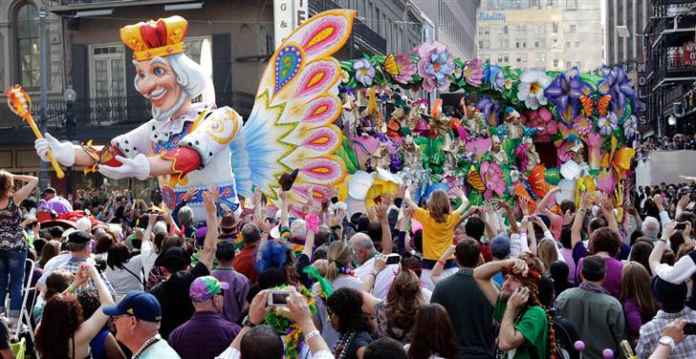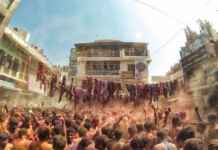Festivals are an extremely important part of every culture since time immemorial. Whether it is Christmas or Eid or Diwali or the Chinese New year or the hundreds of festivals which are held all across the world; festivals lend an air of celebration in the air. Every religion in the world has its fair share of festivals which have all some history behind it. Even regional or national festivals are a result of some story, custom or tradition which is connected to them. Festivals give all of us a chance to celebrate the little joys of life and also give us time to get together with our family and friends.
Mardi Gras is one such festival which allows people to come together and celebrate the little joys of life. Although it is celebrated in many countries around the world which have a large Roman Catholic population, the celebrations of Mardi Gras which take place in New Orleans are amongst they best known. –on the day before the religious season of Lent begins. “Mardi Gras Day” essentially means “fat Tuesday” and is celebrated on the last day before the religious season of Lent begins for Christians. Every year millions of people visit New Orleans just to be a part of this grand festival. Although there are various beliefs pertaining to how Mardi Gras started – with some historians believing that the roots of Mardi Gras lie in the ancient rituals of fertility performed by different tribes while a different section believing that these celebrations were a reward for surviving harsh winters and for welcoming the spring- it is celebrated in a grand way in New Orleans. Since Easter can fall on any Sunday from March 23 to April 25, Mardi Gras day can take place on any Tuesday from February 3 through March 9.
It is one big carnival in New Orleans on Mardi Gras which lasts for two weeks. Almost every day at least one parade is held to celebrate the festival with some days having several large parades. The parades are led by ‘Kings’ and ‘Queens’ and are manned by ‘krewes’ who throw away trinkets at the begging crowds. The king or queen leads the parade either in a special float or in a convertible or on horseback. Although female krewe members of the floats bars their breast while encouraging people to beg for throws, it is actually frowned upon by the police department and can sometimes lead to a ticket or an arrest.
With Hurricane Katrina effecting New Orleans badly in 2005, the city government pressed for funds, has since pushed for a scaled back celebration in order to limit strains on city services. But this has not led to the dampening of spirits of krewes and parade organisers who although have scaled down their celebrations a bit still succeed to make Mardi Gras a celebration for both the locals as well as the tourists. On the Mardi Gras Day the Zulu parade is the first to roll and delight the observers which is followed by the Rex parade. This is then followed by a number of smaller parading clubs all of which end on The Canal Street.
Mardi Gras Day gives the participants an opportunity to shed all inhibitions and let lose before they start their abstinence period for Easter from the next day.













